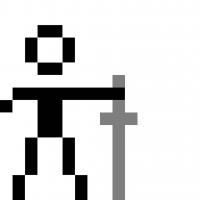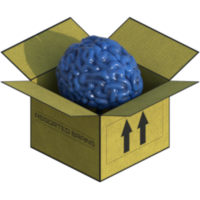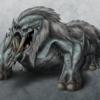I am making my first big game (I have made several small ones before - Pong, Checkers, Risk, etc.), which is a 3D space shooter using OpenGL, writing my own engine. I have much of the framework of the game done (including a working enemy class), and now I need to start designing levels. Unfortunately, I have hit a roadblock.
Having just open space makes for boring levels. Asteroid fields might be one way to make them interesting, but I cannot use them for every level without being repetitive, and having thousands more active physics objects is likely to slow down my game. Space stations and planets would be cool, but unfortunately I have not the time nor the artistic skill to make anything on that large of a scale for very many levels. Any ideas / advice on how to make my levels not just - defeat 5 enemies; now defeat 7 enemies and one harder enemy; now defeat 9 enemies and two harder enemies?










